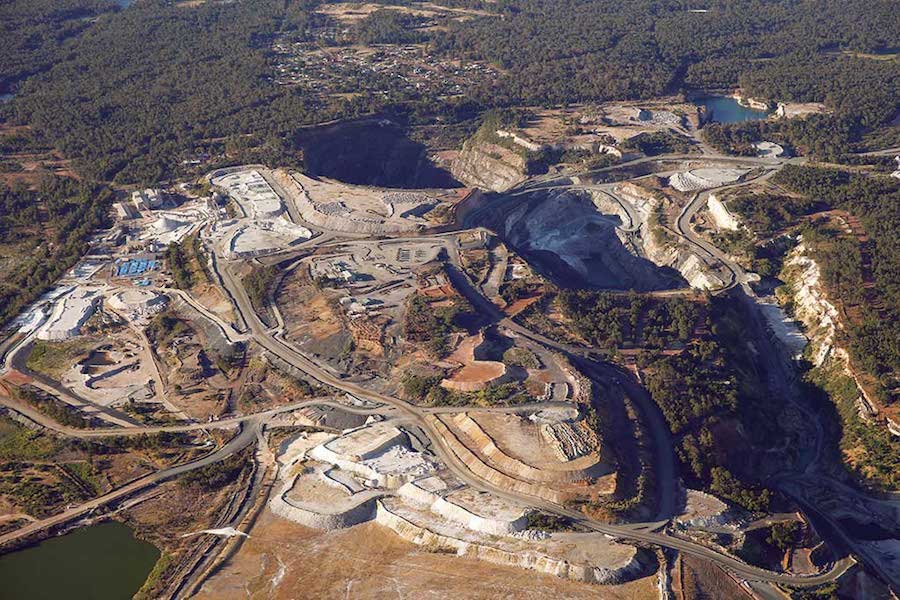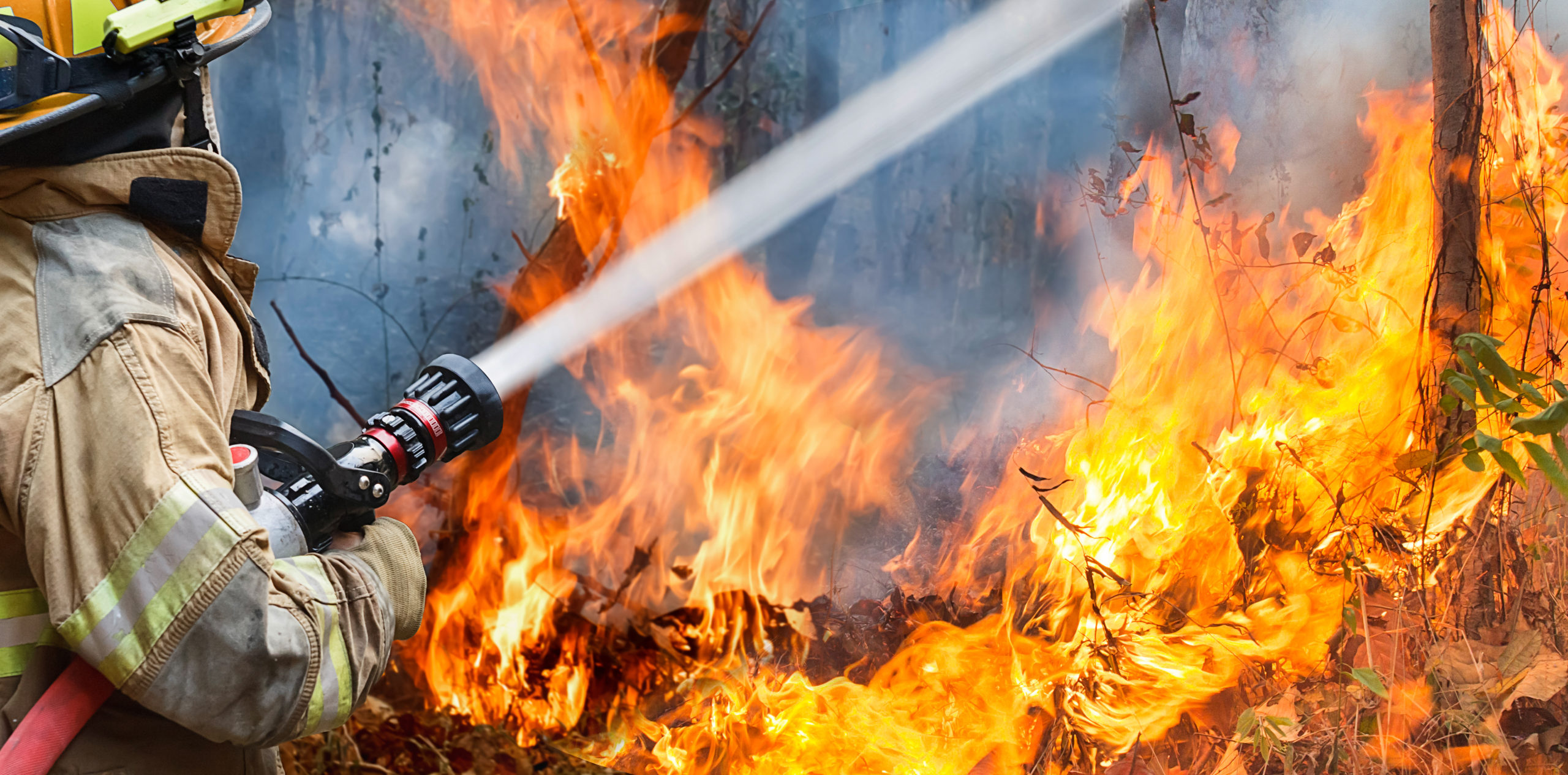Tianqi, IGO produce first Australian lithium hydroxide for batteries

A joint venture between Tianqi Lithium and IGO Ltd has produced Australia’s first batch of lithium hydroxide, as demand for the chemical used in electric-vehicle (EV) batteries is set to gain speed, IGO said on Monday.
IGO gave debt-laden Tianqi a lifeline late last year when it agreed to pay $1.4 billion for a stake in the Chinese company’s Australian lithium assets, namely the Kwinana processing plant and the world’s biggest lithium mine, Greenbushes, both in Western Australia.
Tianqi had postponed commissioning of the Kwinana hydroxide plant in March 2020, citing liquidity problems, after a precipitous fall in lithium prices blamed on oversupply. Lithium prices are up sharply in 2021 on resurgent demand.
“We first ran some spodumene through the calcination oven and then through all of the various steps. That culminated … in getting some lithium product out of the last step to produce the first lithium hydroxide,” Chief Executive Peter Bradford told Reuters on Friday. Spodumene is the name for hard-rock lithium.
The Kwinana plant is expected to reach its initial 24,000 tonne per year capacity by the end of 2022
Lithium hydroxide is used to make cathodes for lithium-ion batteries that power electric vehicles.
Perth-based IGO expects to be producing a saleable lithium hydroxide product by the end of 2021, and a high-quality battery grade product by the March quarter next year, Bradford said.
The Kwinana plant is expected to reach its initial 24,000 tonne per year (tpy) capacity by the end of 2022, with another 24,000 tpy expansion to commission in 2024 before doubling that capacity again to 96,000 tonnes in the following years.
“All indicators are that the EV thematic is growing at a far faster rate that people have estimated,” Bradford said.
“We believe that with the demand there, there is going to be a desire to build out our lithium hydroxide capacity.”
While all production from the first phase has been sold, the Kwinana partners are talking to potential customers, including automakers, for later stage production, he added.
IGO, which also produces nickel and cobalt, is also involved in a state government-led project to move further into the battery supply chain to produce cathode active materials, which mix battery minerals together in various ratios.
IGO said on Thursday it was in preliminary talks to acquire Australian nickel miner Western Areas Ltd.
However, interests associated with mining billionaire Andrew Forrest raised their stake in the firm on Friday as the race heats up to secure raw materials key to the battery industry.
(By Melanie Burton and Tom Daly; Editing by Jason Neely and Karishma Singh)
More News
{{ commodity.name }}
{{ post.title }}
{{ post.date }}

Comments
ron morley
interested in commodities